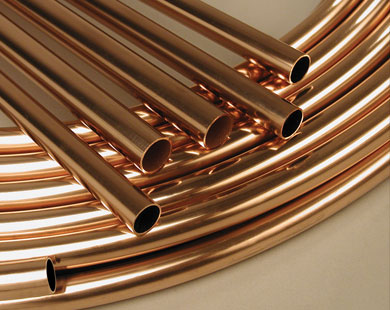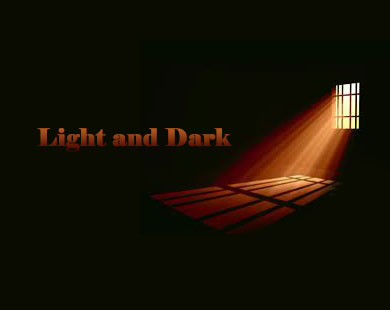Though copper is well known as a metal that resists the effects of exposure to
the air and to salt water (because of the salt), it does have an interesting
characteristic when this exposure occurs. It turns green. Even so, it is such a
durable and workable material that it has been used for many purposes for
thousands of years.
This color comes from a very thin coat that forms due to exposure. The coating
is called by the chemical name copper carbonate. Structures such as the Statue
of Liberty exhibit this, as do other structures and copper roofs. According to
scientific texts and research, the oxidation that turns copper green is caused
by the basic elements losing electrons or reacting to some specific elements.
Even fruit shows this change when sliced or cut.
Copper undergoes this basic chemical change due to a process called oxidation.
The process is widely recognized as causing various changes in materials that
are exposed to air, wind and rain. All metals show this change, though copper is
one of the metals that exhibits a change not really considered deterioration.
Iron, for example, rusts from oxidation and is believed to become less stable
and valuable because of it.
The green color is a “patina” that actually protects copper. But close study
has shown that this color doesn’t appear right away. Copper tends to show a dark
brown or black color when oxygen and water first start to act on it. That
changes with time. Some people have even worked with copper to speed up or
control the color change to achieve certain appearances.
Of course, with other metals, the result is not so “beautiful” or “desired.”
When iron rusts due to oxidation it flakes and pieces of the surface fall off.
When aluminum rusts the flaking is white, but it still seems to be
deterioration. The result with copper isn’t considered quite so negative.
Copper doesn’t react this way when it comes into contact with fresh water (water
that contains no salt). With its protection of the patina copper is great for
use in certain construction settings. It resists the corrosion that affects
iron, aluminum and some other metals. The coating is even considered to be
waterproof.
Copper has another characteristic that, when combined with the interesting color
change, makes it popular with builders, engineers and scientists. It is valued
as a construction and industrial metal only behind iron and aluminum.
The patina on copper is green, as mentioned earlier. The color green shows when
the spectrum of light is in a certain wavelength. It’s not considered a primary
color, but is a combination of blue and yellow. It’s interesting to note that
the name for this color comes from a word that meant “grow” in Old English. The
fact that the patina is green and is considered protective associates in an
interesting way with the history of the word.
* Source: thegeminigeek.com




















